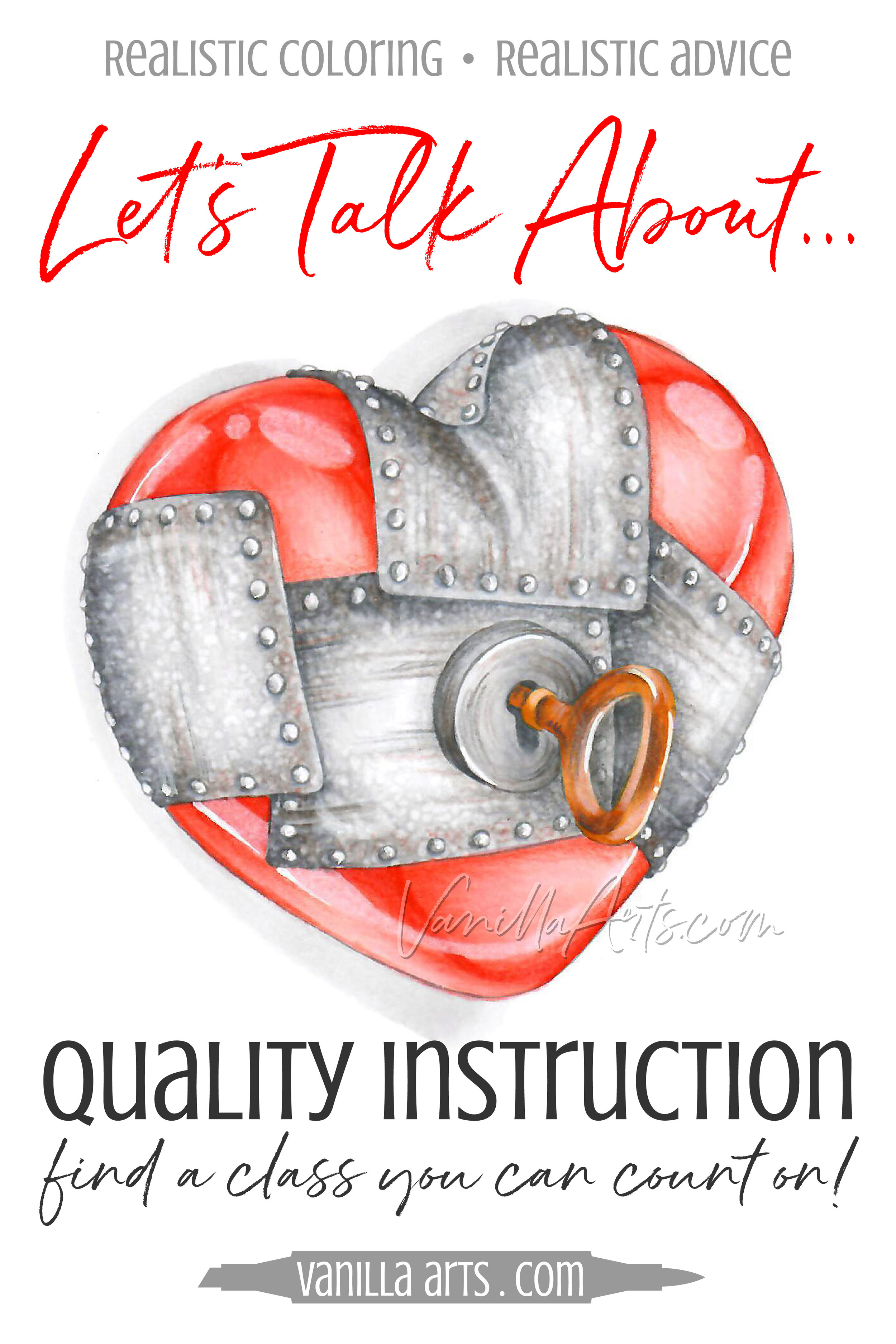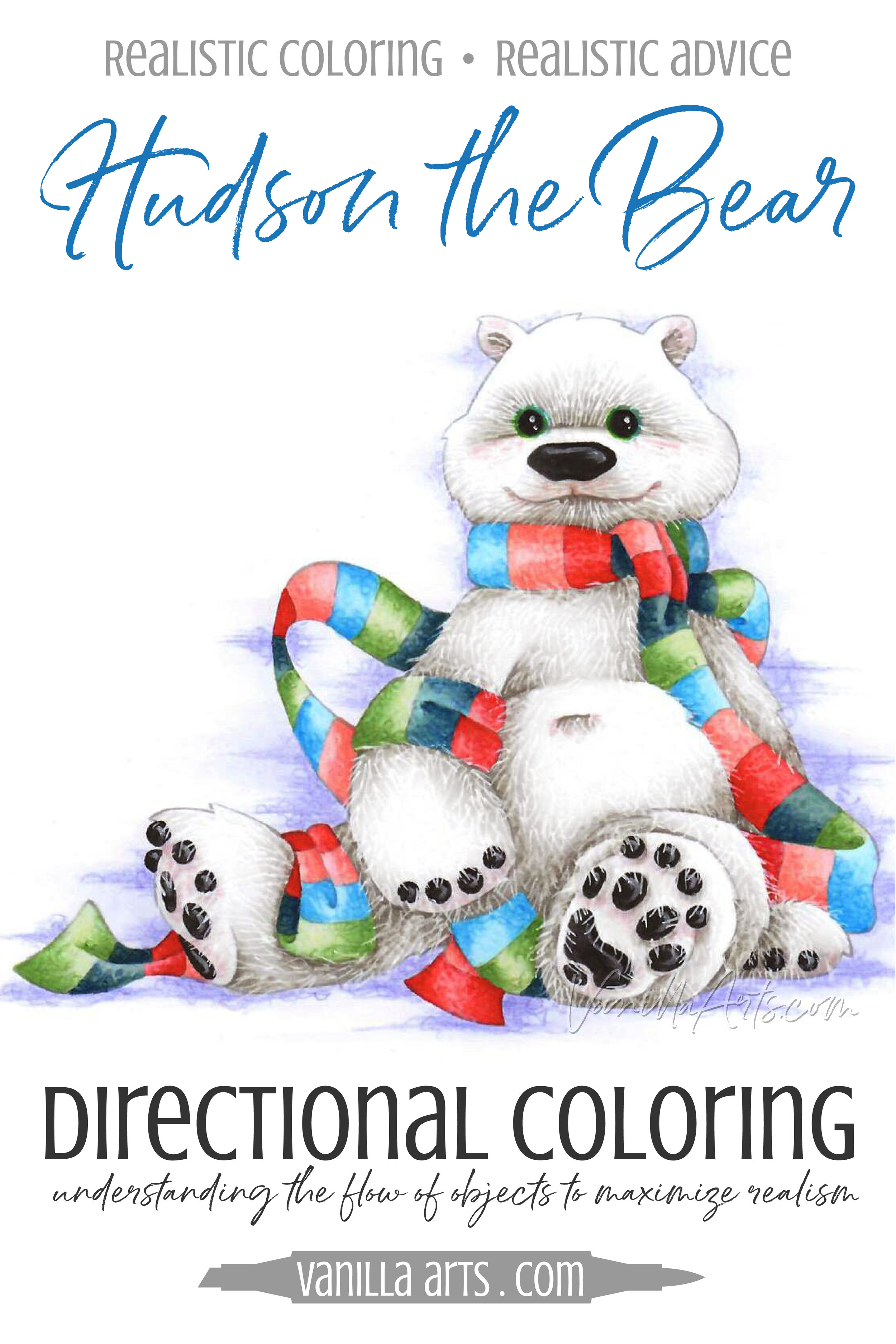
Gee, There are a lot of Copic Marker Coloring Classes Right Now...
You're doing it right…
You did not jump into Copic Markers blindly.
You read the blogs. You researched colors, paper, and storage. And you did all that before you made the big purchase.
Now you're reading every tip and tutorial you can get your hands on. You're watching videos and printing step-by-step guides-- you are eager to learn!
And yet everything you color still looks a little... well... childish?

Guarded Heart, a Marker Painting Workshop Introducing You to Surface Variety
"Guarded Heart" a Marker Painting Workshop where Amy explores incorporating photo references to add inspiration and realism to projects. Also discusses the importance of texture in achieving realism.

“Hudson the Bear”: The Flow of Fur
"Hudson the Bear" a Marker Painting Workshop where Amy covers the concept of flow, understanding the flow of objects helps direct your flick strokes to maximize realism in your projects.
